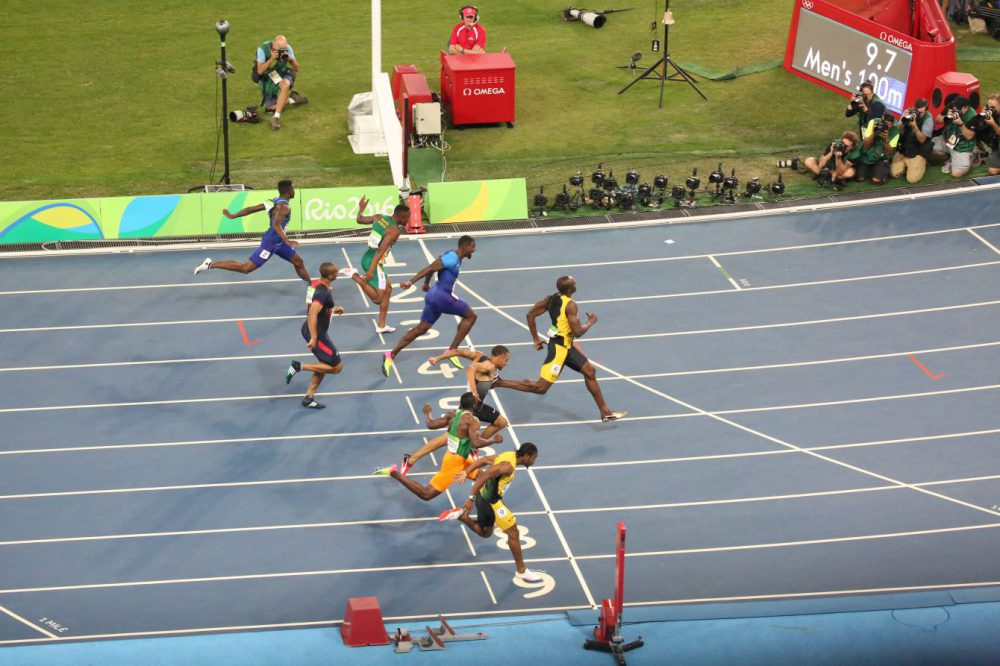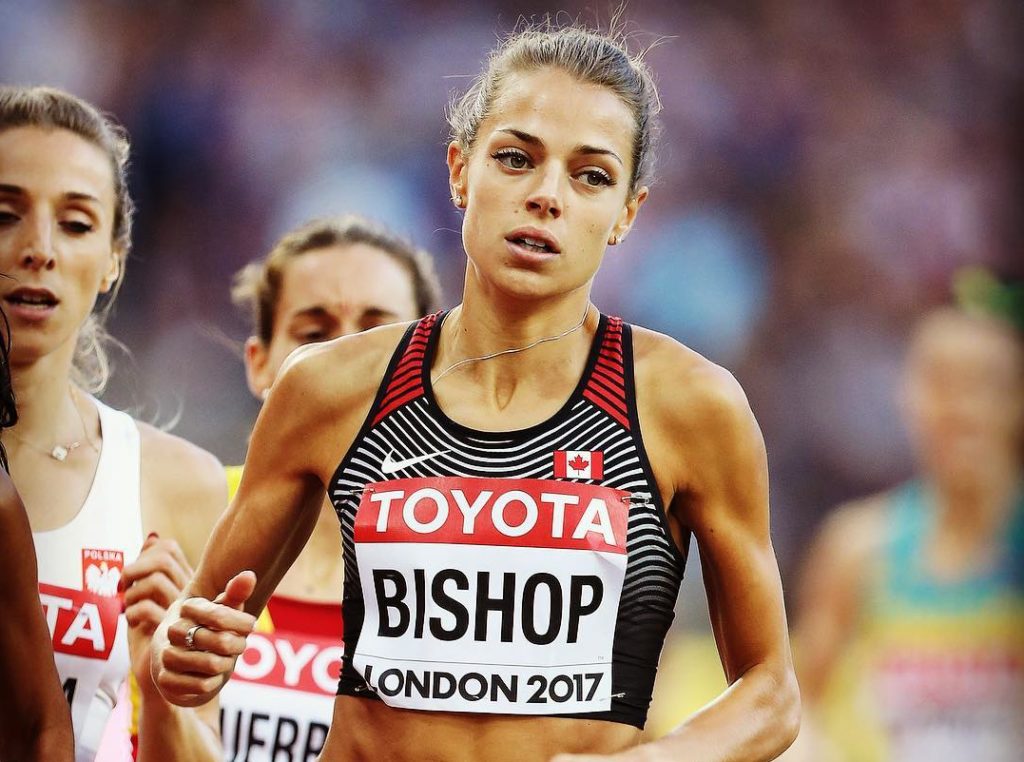Evaluating the world rankings, six months in
Evan Dunfee weighs in on how he thinks the world ranking system is functioning and what could be done to improve it ahead of an Olympic year

The IAAF world ranking system, which launched six months ago, allows athletes to compare not only their times, but their specific performances against the rest of the world. The system aggregates points based on a runner’s time, placing and the importance of a competition.
RELATED: What is the IAAF world ranking system and why does it matter?
https://www.instagram.com/p/Bv5JMGYBE6h/
The world ranking system was originally billed as a part of the selection process for the 2019 Doha World Championships, but was later removed from the selection criteria. It’s currently being used on a trial basis and may be used as part of team selection in the future, including the Tokyo 2020 Olympics.
Now that the world ranking system has played out for nearly an entire track season, Canadian race walk record holder Evan Dunfee breaks down how he thinks it has gone, and what could be done to work out the kinks.

The flaws
Dunfee says that the biggest flaws he sees in the system are: the Diamond League bonus points and the IAAF straying from their own rules. Dunfee says, “Some meets have lots of bonus points, like the Diamond League, but entry isn’t entirely based on merit. This year we have seen many athletes competing in Diamond Leagues who probably aren’t of a high enough calibre to be competing there. Mostly this is a case of athletes from the country hosting the meet, but there are also cases where athletes are entered due to well-connected agents. Almost all athletes in the Diamond League are capable of qualifying in their own right, but that still doesn’t make it fair for the couple of athletes who remain affected.”

Potential fixes

A fair system
While Dunfee certainly sees problems with the system, he believes that most of the athletes who belong at the Olympic Games will make it there. “For Tokyo I genuinely believe that 95 per cent of the athletes will be unaffected. Consistency will be rewarded, and performance at Nationals will be very important. There will be some athletes who miss out who are arguably higher-calibre athletes than those who make it. Inherently that’s always been how it has been, but I think this ranking system set out to solve a problem that didn’t exist.”


